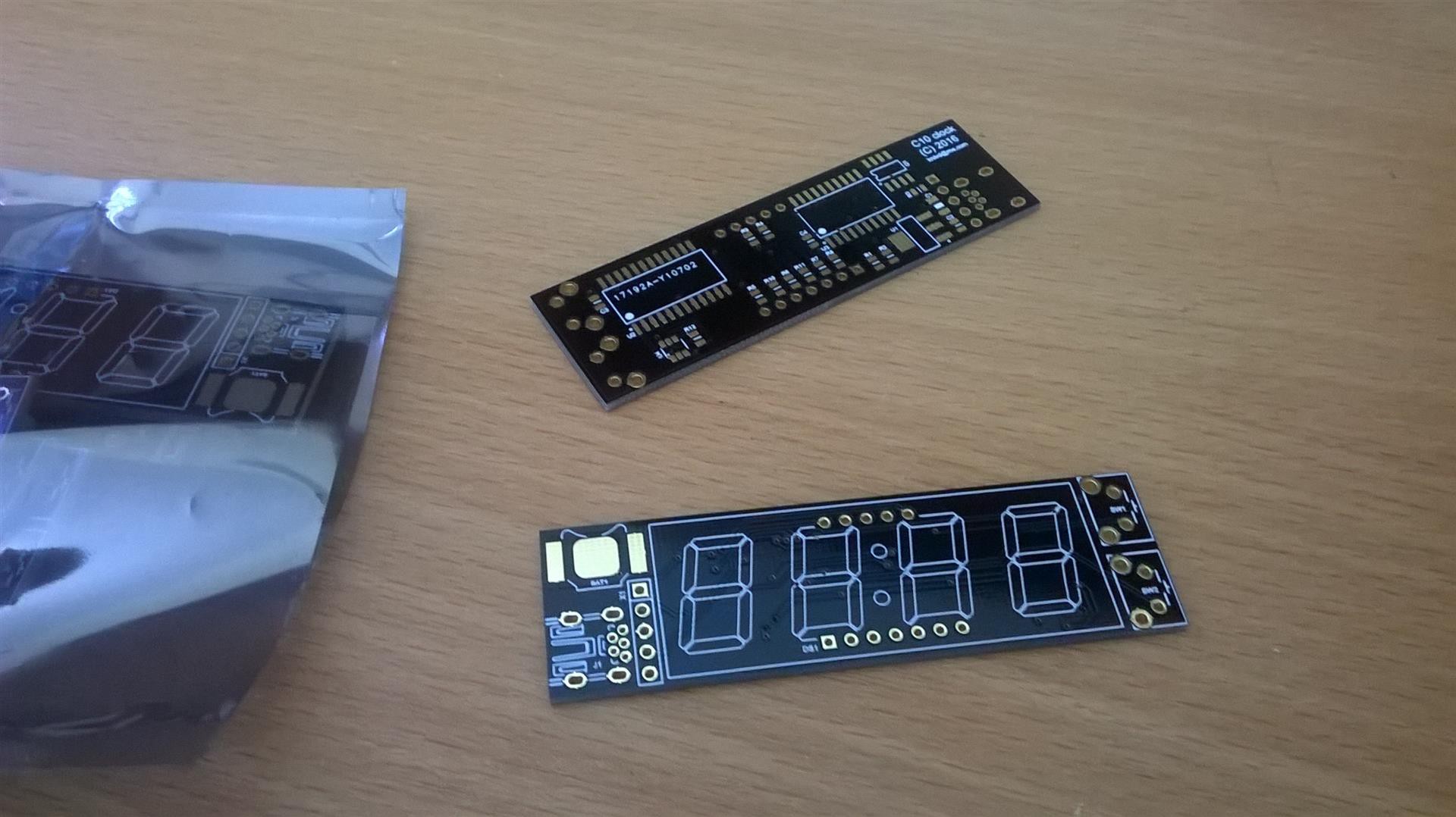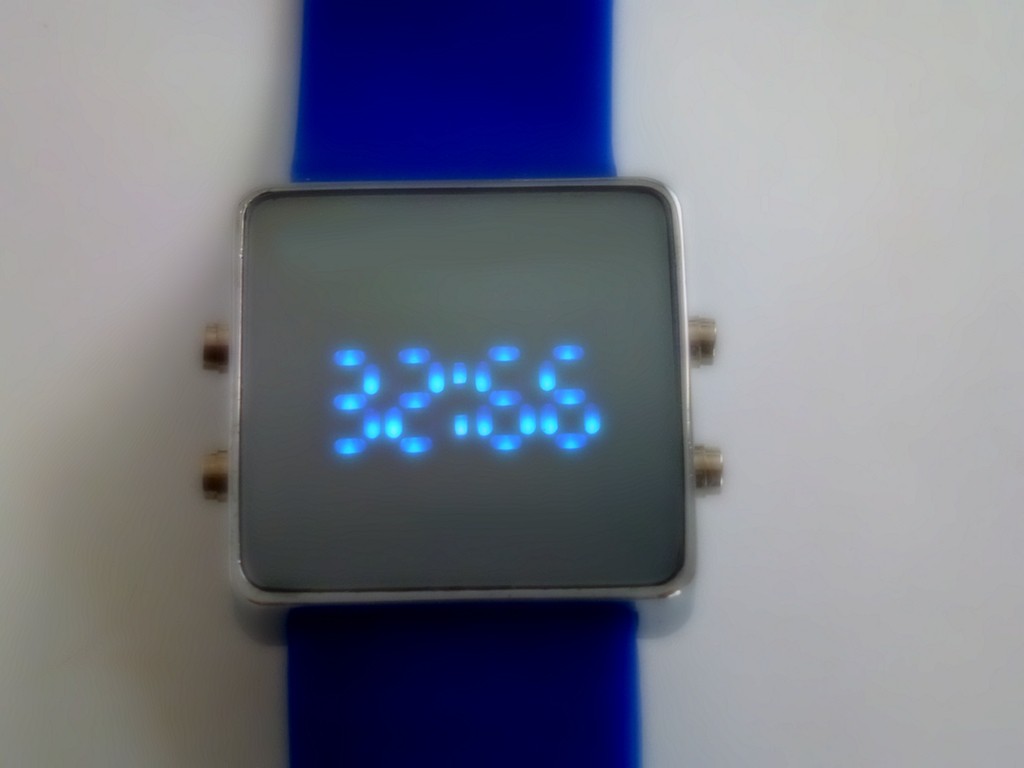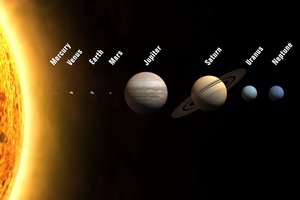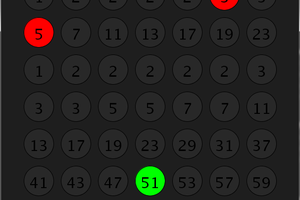In order to avoid any confusion with the current seconds, minutes, hours, etc., I am thinking of new names for these components in the C10 system. Then everything existing can remain the same and C10 can peacefully coexist along the current time measurement system without the need to change the entire physics which is currently built around the length of the second (that would be nice, actually).
Here is the C10 system.
Basic components (same as we know them):
year = one full turn of the Earth around the Sun.
day = one full cycle day/night or one full turn of the Earth around its own axis.
1 year = 365.25 days (we can't change this anyway)
1 day = 100 intervals (the equivalent of 'hours')
1 interval = 100 centivals (equivalent of 'minutes')
1 centival = 100 ticks (equivalent of 'seconds')
1 tick = 0.0864 current seconds.
C10 divides the day into 1,000,000 ticks in a way easy to comprehend and calculate.
The ‘tick’ is a very short 86.4 millisecond time, good for ‘high-resolution’ measurements and scientific use.
The ‘centival’ is equivalent of 8.64 seconds, which is time good for many ‘short time’ tasks in the human life.
The new ‘interval’ is about 14 and half minutes, which is length of time convenient for everyday tasks.
Going further – what about beyond a single day?
1 year = 36.5 decades (or 'weeks'). Months are obsolete and not needed any more.
If the year is an odd number it will be a 'leap' year and have 37 decades. 'Normal' years will have 36 decades. This means every second year in row will be a leap year. In addition to that an even year, which normally has 36 decades, but if it is also a number multiple of 40 will become a leap year and has 37 decades to adjust for the remainders of all past years. So, every second year will be a leap year and we will have a 'super leap' year once in every 40 years.
Or this summarised:
1 year = 365.25 days; 37 decades if the year number is odd or multiple by 40, and 36 decades otherwise (36525 intervals, 3652500 centivals, 365250000 ticks)
A decade has 10 named days.
The date can be expressed as a decade number, followed by the day by its name or number: 34th Tuesday (assuming there will be a day named 'Tuesday' as one of the ten in decade). In this example obviously the reference is to the 342ndday of the year (34 full decades, second day in the 35th decade). Also, it is very clear that between 34th Tuesday and 35th Tuesday there are exactly ten days or one decade.
C10 summary
Base time measure: tick
1 tick = 0.0864 standard SI seconds
1 centival = 100 ticks
1 interval = 100 centivals (10000 ticks)
1 day = 100 intervals (10000 centivals, 1000000 ticks).
1 decade = 10 days (1000 intervals, 100000 centivals, 10000000 ticks). The ten days also have individual names. I have not been able to come up with any names for the days within a decade. Any ideas?
@danjovic suggests an alternative and more unambiguous word for decade - 'tenary'
@K.C. Lee suggests using the standard metric prefix 'deca' thus replacing 'decade' with 'decaday'
1 year = 365.25 days; 37 decades if the year number is odd or multiple by 40; 36 decades otherwise (36525 intervals, 3652500 centivals, 365250000 ticks)
Display format in the C10 clock:
nn:cc (interval and centival - 0:00 to 99:99)
………:tt (tick - 00 to 99)
aa dd (decade and day - 1.1 to 37.10)
yyyy (year)
 Kn/vD
Kn/vD







 danjovic
danjovic
 shane kirkbride
shane kirkbride
 Lilia Lobato
Lilia Lobato
 treibair
treibair
Here's how I'd like the system instead:
1 day = 10 hours
1 hour = 100 minutes
1 minute = 100 seconds
Therefore, 1 second in this system would be around 0.85 SI second. This might actually make it easier for counting time
I'veseen kids around my playing hide and seek counting numbers. And their speed of counting seconds is quite faster than the SI second. Maybe even 0.85 seconds won't match up to their speed accurately, but a shorter second sure looks better